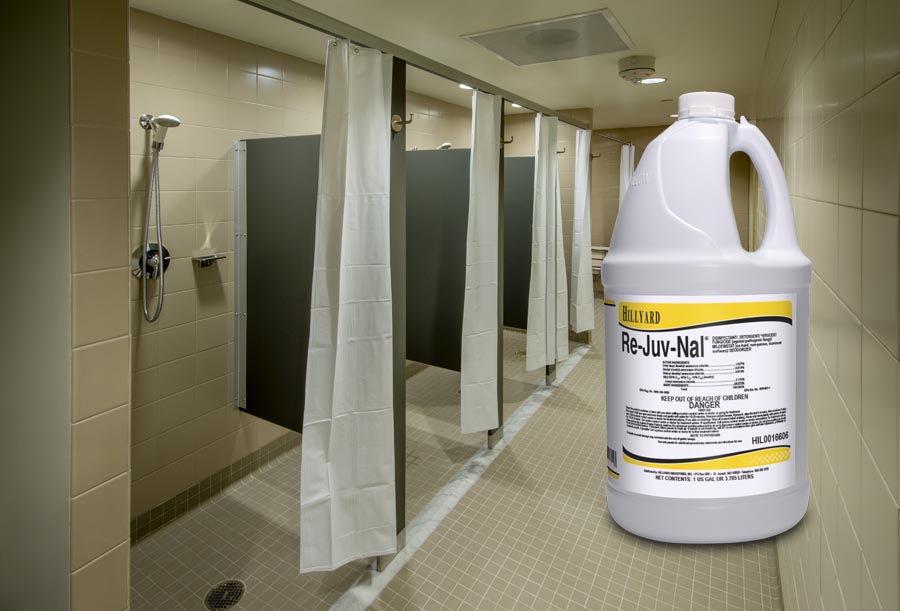Managing Mold: Tips for Cleaning Professionals
Mold is a persistent issue in cleaning because it thrives in warm, humid environments and can quickly spread if left unchecked. It can cause damage to buildings, produce unpleasant odors, and contribute to poor indoor air quality. If it is not properly managed, mold can become a recurring problem that is difficult to eliminate.

Removing mold is important because it can cause allergic reactions and respiratory issues in building occupants. Proper mold removal improves health conditions and prevents costly structural damage. In this article, we’ll talk about the methods to address mold problems and when you might want to consider hiring a mold remediation professional.
Why Does Mold Appear?
Mold grows in areas with moisture, making damp environments the perfect breeding ground. Poor ventilation, water leaks, high humidity levels, and condensation create the ideal conditions for mold growth. Bathrooms, basements, kitchens, and areas affected by flooding or water damage are especially prone to mold. Organic materials such as wood, paper, and fabric can also support mold growth when exposed to moisture. To prevent mold, it is essential to address the root cause of the moisture problem.
How to Clean Mold on Non-Porous Surfaces
The EPA recommends removing porous materials such as drywall, carpets, and upholstery if they have been contaminated by mold. These materials cannot be disinfected effectively and may need to be discarded to prevent further mold growth.
Procedure for Cleaning Mold from Non-Porous Surfaces Using Hillyard Re-Juv-Nal
- Step 1: Preparation - Ensure the area has adequate ventilation. Wear chemical-resistant gloves when working with Re-Juv-Nal to protect your skin.
- Step 2: Cleaning the Area - Start by cleaning the affected area to remove visible mold and debris. Dilute Re-Juv-Nal at two ounces per gallon of water. Scrub as necessary to remove mold and soil. The solution can be applied with a mop, cloth, sponge, trigger sprayer, or low-pressure coarse sprayer.
- Step 3: Disinfection - Once the area is clean, prepare a fresh solution of Re-Juv-Nal at two ounces per gallon. Apply the solution with a cloth, sponge, or hand pump trigger sprayer, ensuring the surface remains visibly wet for 10 minutes. Remove excess liquid. In high-use areas, apply diluted product daily or more frequently as needed.

Preventing Future Mold Growth
The key to preventing mold growth is keeping the area dry. Fix plumbing leaks and ensure proper ventilation to prevent excess moisture buildup. Use dehumidifiers in areas with high humidity. Clean and dry surfaces regularly, especially in moisture-prone areas like bathrooms and kitchens. In addition, educating staff and building occupants about the importance of moisture control can help reduce future problems.
Using Re-Juv-Nal to Prevent Mildew
Mildew is a type of fungus that thrives in warm, damp, and humid conditions. It typically appears as a powdery or fluffy growth on surfaces, often white, gray, or yellow in color.
Prepare a fresh solution of Re-Juv-Nal at two ounces per gallon. Apply the solution with a cloth, mop, sponge, or hand pump trigger sprayer, making sure to wet all surfaces completely. Let the surface air dry. Prepare a fresh solution for each use. Repeat the application weekly or whenever mildew growth appears.
For Bigger Problems, Consider Professional Help
Some mold problems are too severe to handle with standard cleaning methods. Professional remediation may be necessary if mold covers a large area (over 10 square feet) or is deeply embedded in porous materials. Strong, musty odors, persistent mold growth despite cleaning, or structural damage indicate a more significant issue. In these cases, consult a mold remediation professional to clean your facility based on the IICRC S520 Standard for Professional Mold Remediation.
Getting Help with Tough Cleaning Jobs from Hillyard
Hillyard has experts across the United States who can help you control mold and mildew effectively. Our team provides professional guidance on selecting the correct disinfectants and cleaning techniques to ensure long-term mold prevention. We offer training and resources to help cleaning professionals understand the best practices for facility maintenance. Use the “I’m Interested” form below, and one of our experts will contact you to discuss solutions tailored to your facility's needs.